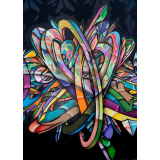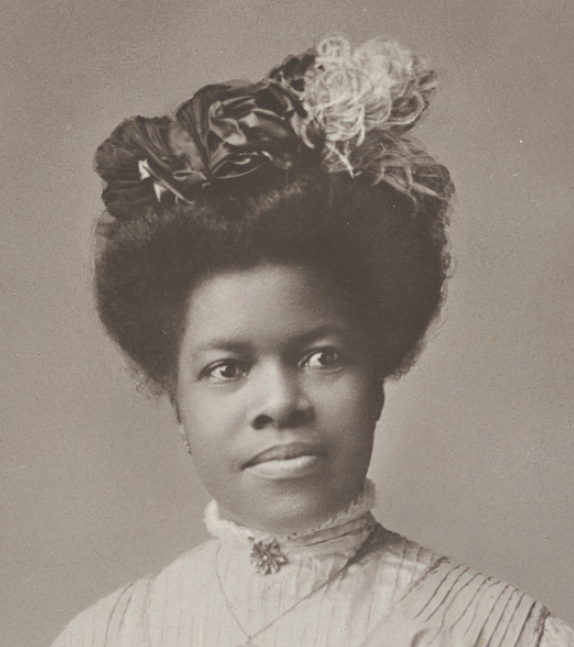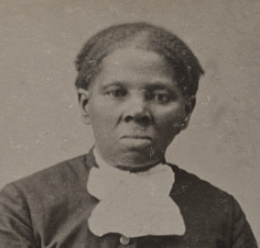In a recent Library of Congress blog entitled Celebrating Black Performers in the New and Expanded National Jukebox!, Cary O’Dell (author) and David Sager (reference specialist) highlighted recordings by African American performers and composers. One record that is featured is by the Cotton Club Orchestra. How can we take some of these ideas and translate them into lessons for the classroom?
Before Duke Ellington was connected to the Cotton Club (located in Harlem, NY), Andy Preer’s Cotton Club Orchestra performed there from 1924-1927. The Cotton Club Orchestra later became the Missourians, which ultimately became the Cab Calloway Orchestra. In 1925, they recorded two hits - one on each side of the same record (O’Dell, 2021 July 12):
When thinking about the learning styles of our students, we might consider activities that include visual, auditory, and kinesthetic/tactile modalities. We can combine these learning modalities with elements of the Library of Congress Primary Source Analysis Tools.
|
Auditory & Visual-Spatial Auditory: Down and Out Blues or Snag ‘Em Blues Visual-Spatial : YouTube Video: Down and Out Blues - Cotton Club Orchestra https://www.youtube.com/watch?v=89vRu-jgMkM |
|
Observe |
|
Reflect |
|
Check out this brief article on Acoustical Recording that is part of the National Jukebox Collection. It explains how musicians recorded prior to using microphones or electrical amplification, between the 1890’s and 1925 (Library of Congress). Acoustical recording is the method used for recording Down and Out Blues and Snag ‘Em Blues.
-
Students can read the article, and then explore changes in recording technology.
-
Students can create a technology timeline: include facts, dates, pictures, and sound bytes).

|
Auditory & Kinesthetic/Tactile |
|
Observe/ Listen |
|
Reflect on Form |
|
|
Move |
|
|
Visual |
|
Observe |
|
Reflect |
|
Question |
|
Campbell, E. S. & Dell Publishing Company, P. (1932) A night-club map of Harlem. [New York, N.Y.: Dell Publishing Company, Inc., ©] [Map] Retrieved from the Library of Congress. https://www.loc.gov/item/2016585261/
Full Playlist:
Black Broadway and Tin Pan Alley
Resources:
Bigband Lou. (2009, January 30). Down and Out Blues-The Original Cotton Club Orchestra- 1925. YouTube. https://www.youtube.com/watch?v=89vRu-jgMkM
Bradford, P., Preer, A. & Cotton Club Orchestra. (1925) Snag 'em Blues. [Audio] Retrieved from the Library of Congress. https://www.loc.gov/item/jukebox-675124/
Campbell, E. S. & Dell Publishing Company, P. (1932) A night-club map of Harlem. [New York, N.Y.: Dell Publishing Company, Inc., ©] [Map] Retrieved from the Library of Congress. https://www.loc.gov/item/2016585261/
O’Dell, C. (2021, July 12). Celebrating Black Performers in the New and Expanded National
Jukebox!. Library of Congress. https://blogs.loc.gov/now-see-hear/2021/07/celebrating-black-performers-in-the-new-and-expanded-national-jukebox/
Sizemore, A., Cotton Club Orchestra & Preer, A. (1925) Down and Out Blues. [Audio] Retrieved from the Library of Congress. https://www.loc.gov/item/jukebox-675122/
6 - 8 9 - 12 13+ Art/Music Technology Social Studies/History UArts
Testimonials
- I love that there is new info on the site daily!
- I had a wonderful time working with the Library of Congress and learning about all of the resources at my fingertips!
- The TPS Teachers Network has an equal exchange of ideas. You know it's not a place where you're being judged.
- My colleagues post incredibly fine resources and ideas....the caliber of the suggestions and resources make me feel that I take a lot from it. It's a takeaway. And I hope that I can give back as much as I get.
- Going into this school year, I have a fantastic new resource for my own instruction and to share with my colleagues!
- I am very glad that I discovered the TPS Teachers Network through RQI. Great resources can be hard to find out there on the internet!









